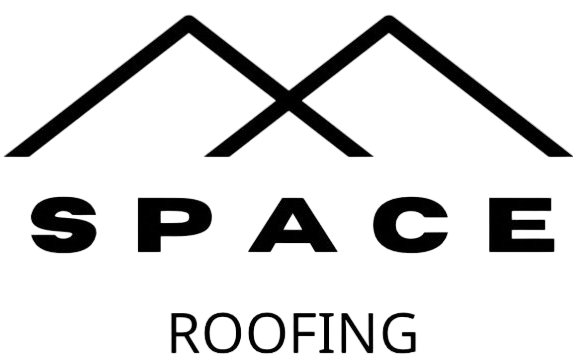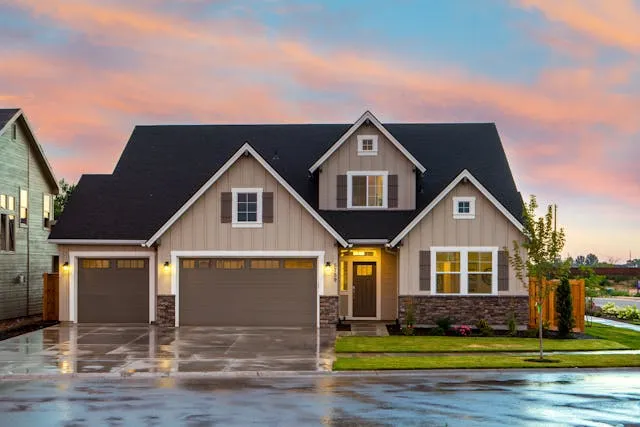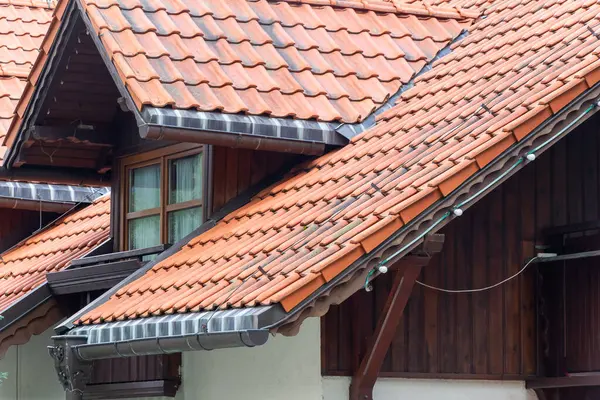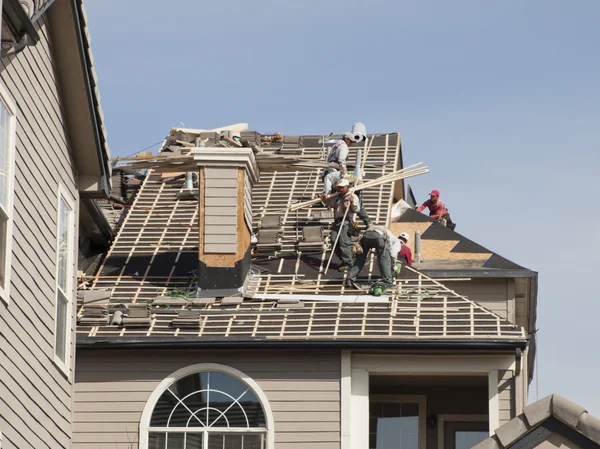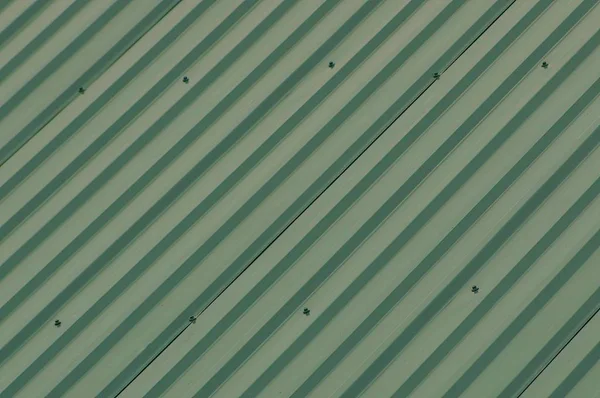Understandably, installing metal roofing can be a difficult task. Still with the right knowledge and tools, it can be a rewarding DIY project or a smooth process when hiring professionals. Metal roofing is known for its durability, energy efficiency, and sleek appearance, making it a popular choice among homeowners.
This expert guide is all about walking you through how to install metal roofing and providing insights into specific scenarios like installing metal roofing over shingles or on low slope and flat roofs.
What is Metal Roofing?

Before talking about anything, let’s understand the basics of metal roofing. Metal roofs come in various styles, including standing seam, corrugated panels, and metal shingles. Each type has its unique installation process and benefits. Shall we discuss the benefits of metal roofing, along with the pros and cons, for a better understanding? Let’s go!:
Pros of Metal Roofing
- Durability: The lifespan of metal roofs ranges from 40 to 70 years, varying with the specific material chosen. They withstand harsh weather conditions, including heavy snow, rain, and high winds.
- Energy Efficiency: Metal roofs reflect solar radiant heat, leading to a reduction in cooling costs by 10-25%.
- Eco-Friendly: Often made from recycled materials and can be recycled at the end of their life cycle.
Cons of Metal Roofing
- Initial Cost: Greater initial expense compared to asphalt shingles.
- Noise: Can be noisier during rain or hail unless properly insulated.
- Expansion and Contraction: Metal panels can expand and contract with temperature changes, requiring careful installation to avoid leaks.
How to Lay Metal Roofing? Step-by-Step Guide

Tools and Materials Needed:
How to lay metal roofing? Here are the tools and materials that we require:
- Metal roofing panels
- Underlayment (synthetic or felt)
- Screws and fasteners
- Metal snips or a power metal shear
- Tape measure
- Chalk line
- Ladder or scaffolding
- Safety gear (gloves, goggles, harness)
Preparation
- Measure the Roof: Accurate measurements ensure you purchase the correct materials.
- Remove Old Roofing (if necessary): While metal roofing can be installed over shingles, it’s often better to remove the old roofing to inspect the roof deck. For a comprehensive roofing guide, it’s important to understand these steps to ensure a quality installation.
- Install Underlayment: Lay the underlayment from the bottom edge of the roof up, overlapping each layer. Secure with roofing nails or staples.
Installing the Panels
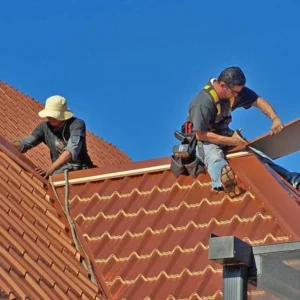
- Start at the Bottom: Begin installation at the bottom edge of the roof, ensuring the first panel is square to the edge. Use a chalk line for precision.
- Secure the Panels: Fasten the panels to the roof deck using screws with rubber washers to prevent leaks. Screws should be placed in the flat areas of the panel, not the ribs.
- Overlap Panels: Each panel should overlap the previous one by at least one rib. Continue this process across the roof.
- Trim Panels: Use metal snips or shear to trim panels to fit around vents, chimneys, and edges.
How to Install Metal Roofing over Shingles?
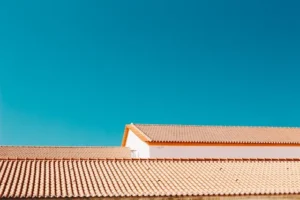
How to install metal roofing over shingles? The process is as simple as it can get:
- Inspect the Shingles: Ensure they are in good condition and lay flat.
- Install Underlayment: Lay a new underlayment over the shingles to create a moisture barrier.
- Follow Standard Installation Procedures: Proceed with the roofing installation as described in the previous section.
How to Install Standing Seam Metal Roof?

When it comes to how to install standing seam metal roof, the simple process is described as under:
- Prepare the Roof: Ensure the roof deck is clean and flat.
- Install Clips: Attach clips to the roof deck along the seams to hold the panels in place.
- Attach Panels: Hook the standing seam panels onto the clips and secure with screws.
- Seam Closure: Use a seam closer tool to lock the seams together, ensuring a watertight seal.
Can You Use Metal Roofing on a Low Slope Roof?

Metal roofing is suitable for low-slope roofs (with a pitch of 2:12 or greater). However, special considerations and installation techniques are required to ensure proper drainage and prevent leaks.
So, can you use metal roofing on a low slope roof? Yes, it can be achieved by following a simple procedure:
- Choose the Right Panels: Use panels designed for low-slope applications.
- Seam Sealing: Make sure that all seams are sealed with a high-quality sealant or use standing seam panels.
- Proper Underlayment: Use a waterproof underlayment to provide additional protection against leaks.
Can You Install Metal Roofing on a Flat Roof?
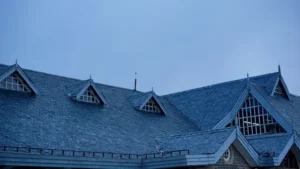
Installing metal roofing on a flat roof can be challenging due to drainage issues. Can you install metal roofing on a flat roof? However, flat roofs require a specific approach to ensure water doesn’t pool and cause leaks.
Here is a simple process of installing a metal roofing on a flat roof:
- Slope Creation: Use tapered insulation or a sloped roof deck to add a slight pitch to the flat roof.
- Waterproof Underlayment: Use a waterproof membrane underlayment.
- Proper Drainage System: Ensure adequate drains to prevent water pooling.
Conclusion
As stated earlier, taking on a metal roofing project can be very difficult, but it’s definitely worthwhile. By understanding the benefits and challenges, and mastering the necessary installation techniques, you can make the process much smoother.
For expert advice, quality materials, and professional installation services, check out Space Roofing. Their skilled team will ensure your metal roofing project is a complete success.
FAQs
Can metal roofing be installed over shingles?
Yes, metal roofing can be installed over shingles. Ensure shingles are in good condition, install a new underlayment for moisture barrier, and proceed with standard metal roofing installation for a durable and efficient result.
What are the benefits of metal roofing?
Metal roofing offers durability, energy efficiency, and eco-friendliness. It can last 40 to 70 years, reduce cooling costs by reflecting solar heat, and is often made from recycled materials, which can be recycled again.
How do you install metal roofing on a low-slope roof?
For low-slope roofs, choose the right panels, seal seams with high-quality sealant, and use a waterproof underlayment. These steps ensure proper drainage and prevent leaks, making metal roofing suitable for low-slope applications.
What tools are needed to install metal roofing?
Tools needed include metal roofing panels, underlayment, screws, metal snips, tape measure, chalk line, ladder, and safety gear. These tools ensure a precise and secure installation, providing a durable and efficient roofing solution.
Can metal roofing be used on flat roofs?
Yes, but it requires creating a slight slope using tapered insulation or a sloped roof deck, using a waterproof membrane underlayment, and ensuring adequate drainage systems to prevent water pooling and potential leaks.
